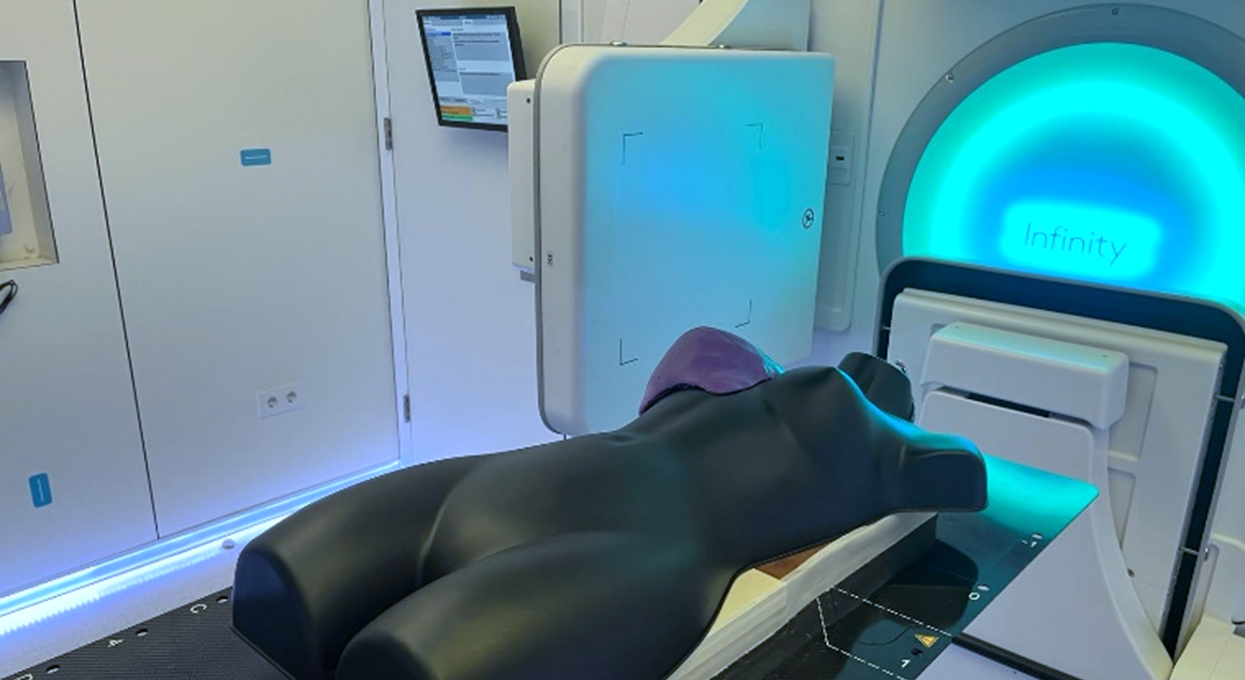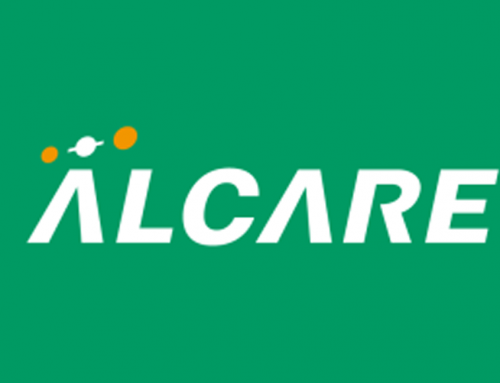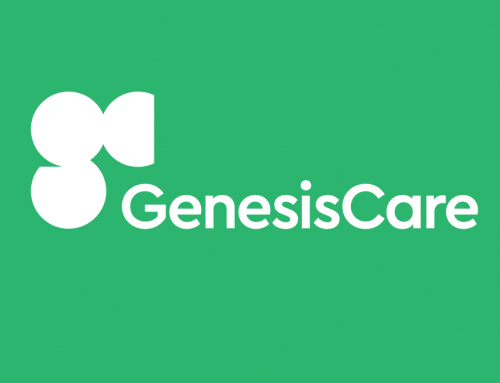Recent evidence demonstrates that the eXaSkin bolus resolves the issues arising from the use of conventional boluses with SGRT.
In the exciting field of radiotherapy, the pursuit of precise and effective techniques is ongoing. One of the most promising innovations is Surface Guided Radiotherapy (SGRT), an advanced technique that utilizes real-time imaging to ensure precise radiation delivery. However, despite its numerous benefits, SGRT presents challenges, especially regarding the use of boluses.
What is SGRT?
SGRT is a radiotherapy technique that employs cameras and tracking systems to map and monitor the patient’s position during treatment. This is achieved using real-time images, allowing the medical team to monitor the exact location of the area to be treated in each radiotherapy session. By offering greater precision, SGRT can reduce exposure of healthy tissues to radiation and minimize unwanted side effects.
Challenges of SGRT in skin treatment
The application of external radiotherapy to the skin typically requires the use of boluses. These are devices used in radiotherapy to increase the radiation dose on the skin surface, which is useful in treating certain types of skin cancer and superficial tissues. However, when combined with SGRT, boluses can pose significant challenges.
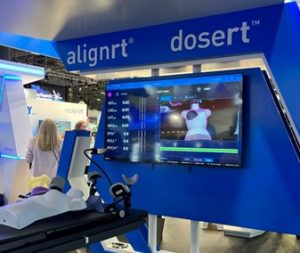
While the use of a reference surface captured by the SGRT system avoids many of the pitfalls of CT surface segmentation, it also presents additional challenges. SGRT systems are sensitive to ambient lighting conditions, so care must be taken when capturing a reference surface to ensure that the room lighting is adequate. Special attention is needed for system settings related to the patient’s skin tone, especially when boluses are used for skin treatment. Both issues are addressed in the “AAPM Task Group Report 302: Surface-guided radiotherapy.”
By definition, the use of bolus obscures the patient’s surface. Typically, acquisition of a new reference surface with bolus will be required at each treatment, and its accuracy should be confirmed as is done with any new reference surface. Conventional boluses with a reflective surface may not be adequately rendered with SGRT; therefore, the use of a non-reflective and conformable bolus is recommended (Section 4.1.6 Treatment with bolus; AAPM Task Group Report 302).
The same guide recommends that the bolus should be placed in the same location on the patient’s surface each day to match the captured reference with bolus.
How eXaSkin resolves SGRT issues in skin treatment
Recent tests conducted by AnatGe and Vision RT demonstrate that eXaSkin resolves issues arising from the use of conventional boluses for several reasons:
- eXaSkin is non-reflective:
Being a completely opaque bolus, it offers sufficient contrast with the patient’s surface, so SGRT does not encounter rendering problems. These tests were conducted on both darker and lighter-colored phantoms, with no capture issues detected in either case.
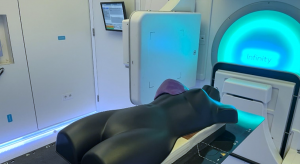
- eXaSkin is easily repositionable:
Being a personalized bolus that takes the shape of the patient once hardened, its repositioning during all treatment sessions is straightforward since it adapts to each patient’s surface. It is not necessary to consider eXaSkin as a separate element; instead, captures should be performed with the bolus positioned on the patient.
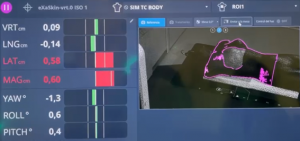
Image of eXaSkin positioned before correction by SGRT.
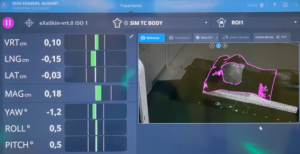
Image of eXaSkin positioned post correction by SGRT.

